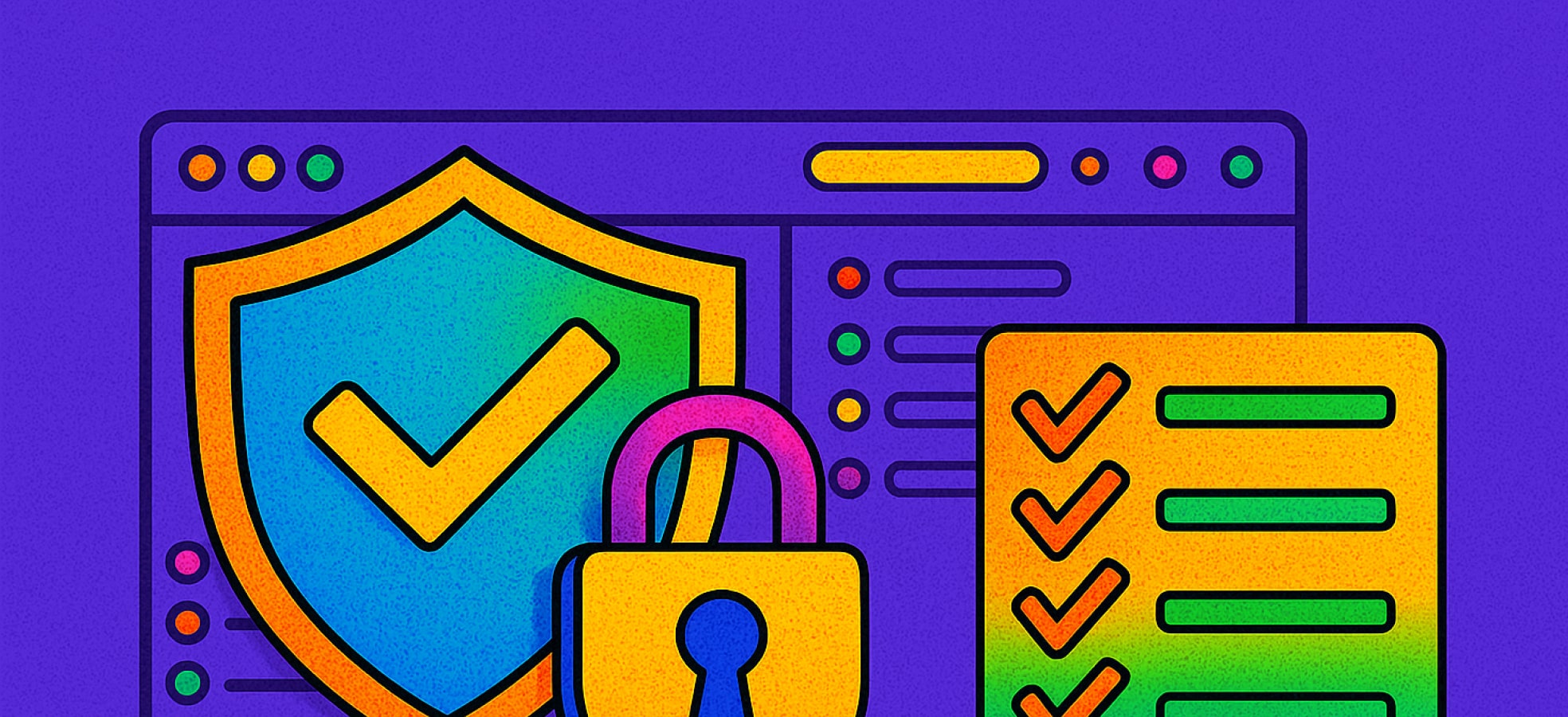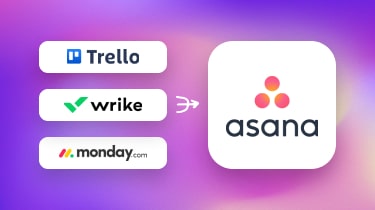For PH financial institutions, configure Asana with SSO/SAML + SCIM for identity, stream Audit Log API events to your SIEM for monitoring/retention, standardize intake → approvals and SLAs with rules, and align data handling/residency to policy. Use this checklist and capture evidence (settings exports, screenshots, SIEM alerts) for reviews.
1) What BSP expects (at a glance)
BSP circulars emphasize a risk-based approach to IT/security: strong identity& access controls, monitoring/auditability, incident and cyber-risk reporting, and fraud management proportional to your risk profile. Recent issuances cover technology/cyber-risk reporting(1019), enhanced information security management (982), and updated fraud management system requirements (1213, 2025).
Note: This article is guidance only—not legal advice. Align final configurations with your internal policies and the latest BSP rules.
2) The Asana configuration checklist
A) Governance & standardization
● Approve project templates for critical workflows (e.g., Incident Response, Client Onboarding).
● Adopt naming conventions and a custom-fields taxonomy (Status, Priority, Department, SLA, Risk) for clean reporting.
● Assign template/portfolio owners and set an archiving cadence (e.g., quarterly).
(These practices enable consistent reporting and auditable process control.)
B) Identity, access & provisioning
● Enforce SAML SSO via your IdP (Microsoft Entra, Okta, etc.) and require 2FAat the IdP.
● Configure SCIM for automatic provisioning/de-provisioning and group mapping.
● Define guest access (allowed domains, private-by-default for sensitive projects).
C) Auditability & monitoring
● Enable the Audit Log API and stream events to your SIEM (Splunk, etc.) for alerting and extended retention.
● Monitor admin/security-relevant events (SSO/SCIM changes, sharing changes, exports).
● Be aware Asana’s audit log API surfaced events can be retained long-term in your SIEM (Asana forum notes 90-day native retention; extend via SIEM).
D) Data handling & residency
● Train teams not to store regulated data in free-text/attachments unless approved by policy.
● Review data residency options (e.g., EU/AU/JP data centers) against your organization’s requirements.
E) Intake, approvals & SLAs
● Use Forms mapped to custom fields to capture Priority/SLA and route requests to the correct project.
● Use Approvals with timestamped decisions; add rules to set due dates and escalate P1 items.
(This supports traceability and timely handling of risk-sensitive work.)
F) Incident response & continuity
● Maintain an Incident Response template (triage → contain → eradicate → recover → lessons).
● Keep a portfolio/dashboard for leadership visibility during incidents.
● Document export & audit procedures (who can export, what to retain, where stored).
● For regulated data types like ePHI, Asana provides a HIPAA domain enablement path with a BAA; use only if applicable to your business lines.
G) DLP/eDiscovery & integrations
● If your program requires it, configure DLP/eDiscovery integrations via Asana’s Audit Suite and supported partners/APIs.
● Maintain an approved integrations register (IdP, SIEM, DLP/eDiscovery, automation tools).
3) Evidence to capture for audits
● Screenshots/exports: SSO enforced, SCIM groups, access reviews, project privacy settings. Asana Help Center+1
● SIEM dashboards/alerts: Audit Log API events(admin changes, shares, exports). Asana Developer Docs+1
● Process artifacts: approved templates, naming/fields catalog, archiving SOP.
● Incident artifacts: timelines, approvals, exports, lessons learned (retained per policy).
4) Common pitfalls (and how to avoid them)
● Uncontrolled guest access → Restrict domains and use private-by-default for sensitive projects. Asana Help Center
● No retention beyond 90 days for audit logs → Stream to SIEM or storage. Asana Forum
● Chaos in reporting→ Enforce templates + fields taxonomy; review quarterly.
5) Download the checklist(free)
Get the printable checklist to standardize rollouts and reviews:
Asana for BSP-regulated teams — Compliance Checklist (PDF)
6) Next steps
● Quick win: turn your highest-risk intake into a Form → routed project with Approvals and P1 escalations.
● Then: wire the Audit Log API →SIEM and schedule a quarterly access review. Asana Developer Docs
Need help? Book a Security Consult (Free) and we’ll map configurations to your internal policies and the latest BSP guidance.
.svg)



